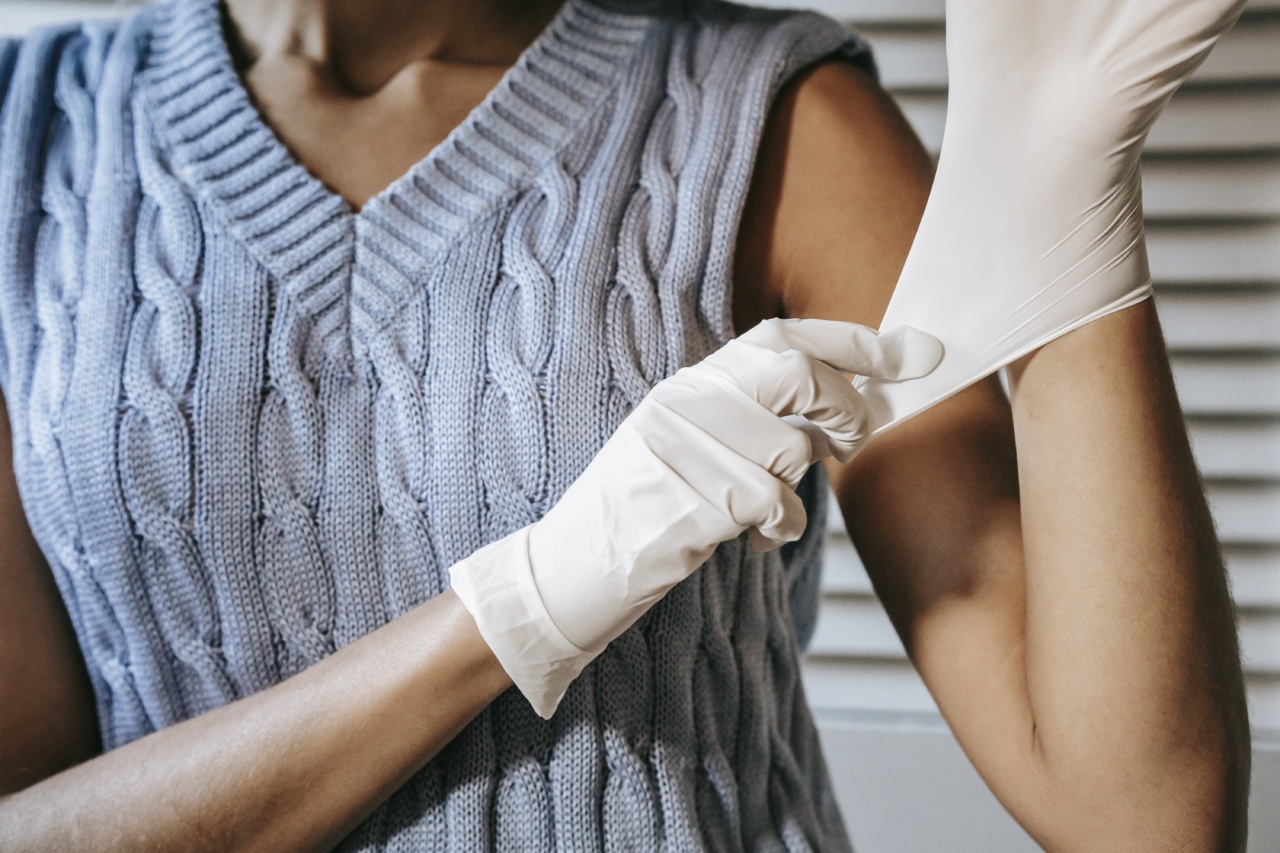Handshakes have long been a universal gesture for greeting and establishing a connection.
However, have you ever stopped to think about the potential germs present on someone’s hand during a handshake? In the midst of the COVID-19 pandemic, the importance of hand hygiene and the potential risks associated with physical contact have become even more significant. This article aims to explore the germs that can be found on someone’s hand during a handshake and raise awareness about the importance of proper hand hygiene.
The Human Hand: A Breeding Ground for Germs
Our hands are constantly exposed to various surfaces and substances, making them a prime location for germs to thrive. According to numerous studies, the human hand can harbor thousands of different types of bacteria.
From doorknobs to smartphones, we come into contact with countless objects throughout the day, transferring germs onto our hands in the process.
The Transfer of Germs through Handshakes
A handshake involves direct skin-to-skin contact, providing an ideal opportunity for germs to spread from one person to another.
Many infectious diseases, such as the common cold, influenza, and gastrointestinal illnesses, can be transmitted through contaminated hands. When you shake hands with someone who has germs on their hands, those microorganisms can easily transfer to your own hands.
The Role of Hand Hygiene
Proper hand hygiene is vital in reducing the risk of spreading germs through handshakes. Regular handwashing with soap and water for at least 20 seconds can effectively eliminate various germs from your hands.
In situations where handwashing is not possible, using hand sanitizers with at least 60% alcohol content can provide a convenient alternative.
Hidden Germs: The Importance of Hand Inspection
While many germs are invisible to the naked eye, some can leave visible residue or stains on our hands. Examining your hands closely after a handshake might reveal dirt, oils, or other substances that can serve as a breeding ground for bacteria.
This visual reminder underscores the importance of practicing good hand hygiene, especially before touching your face or consuming food.
Germs to be Mindful of
Various types of germs can be present on someone’s hand during a handshake. Some common types include:.
1. Bacteria
Bacteria are microscopic organisms that can cause infection and diseases. Staphylococcus aureus, Escherichia coli (E. coli), and Salmonella are examples of bacteria that can reside on hands.
These bacteria can lead to skin infections, respiratory issues, or gastrointestinal problems when transmitted through handshakes.
2. Viruses
Viruses are tiny infectious agents that can cause a wide range of diseases. Common examples include the influenza virus, rhinoviruses (which cause the common cold), and respiratory syncytial virus (RSV).
These viruses can survive on hands for varying lengths of time and can be easily transmitted through handshakes.
3. Fungi
Fungal infections can also be transmitted through handshakes. Some common fungi that can reside on hands include Candida species and Trichophyton species, which can cause conditions like yeast infections and athlete’s foot.
4. Parasites
While less common, parasitic infections can also be transmitted through hand-to-hand contact. Examples of such parasites include lice and scabies mites.
These microscopic organisms can linger on hands and spread when shaking hands with an infected individual.
The Impact of COVID-19
The ongoing COVID-19 pandemic has brought increased attention to hand hygiene practices and the potential risks associated with handshakes.
The SARS-CoV-2 virus, responsible for COVID-19, can be transmitted through respiratory droplets that may land on someone’s hands. Shaking hands with an infected individual unknowingly can lead to the transfer of the virus to your hands, increasing the risk of infection if you touch your face without proper hand hygiene.
Alternatives and Etiquette in the Era of COVID-19
Given the risks involved with handshakes, adopting alternatives and modifying social etiquette has become necessary. Some alternatives to handshakes include fist bumps, elbow bumps, or simply verbal greetings without physical contact.
It’s important to understand that refraining from handshakes during a pandemic is not a sign of rudeness but a precautionary measure to protect oneself and others.
The Power of Handwashing
Handwashing is the single most effective method of preventing the spread of germs through handshakes and maintaining overall hand hygiene.
Remember to wash your hands frequently, especially before and after using the restroom, before meals, and after being in public places. Lathering your hands with soap and water, thoroughly rubbing them together for at least 20 seconds, and rinsing them under running water can significantly reduce the presence of germs.
The Role of Hand Sanitizers
Hand sanitizers are a convenient option when soap and water are not readily available. When choosing a hand sanitizer, ensure it contains at least 60% alcohol to effectively eliminate germs.
Apply a sufficient amount to cover all surfaces of your hands and rub them together until they feel dry. However, it’s important to note that hand sanitizers are not as effective as soap and water in removing certain types of germs, such as chemicals or certain parasites.
Conclusion
Handshakes, while a common social gesture, can potentially transfer germs from one person to another.
Understanding the importance of hand hygiene and being aware of the potential germs on someone’s hand during a handshake is crucial in preventing the spread of infections and diseases. By practicing regular handwashing, using hand sanitizers when necessary, and adopting alternative greetings during periods of outbreaks or pandemics, we can protect ourselves and others from the risks associated with handshakes.




























